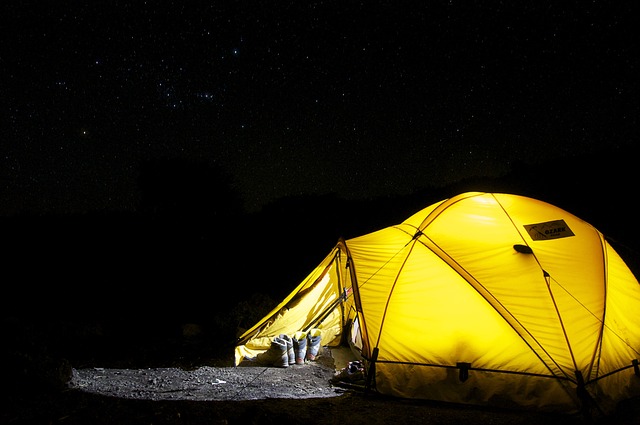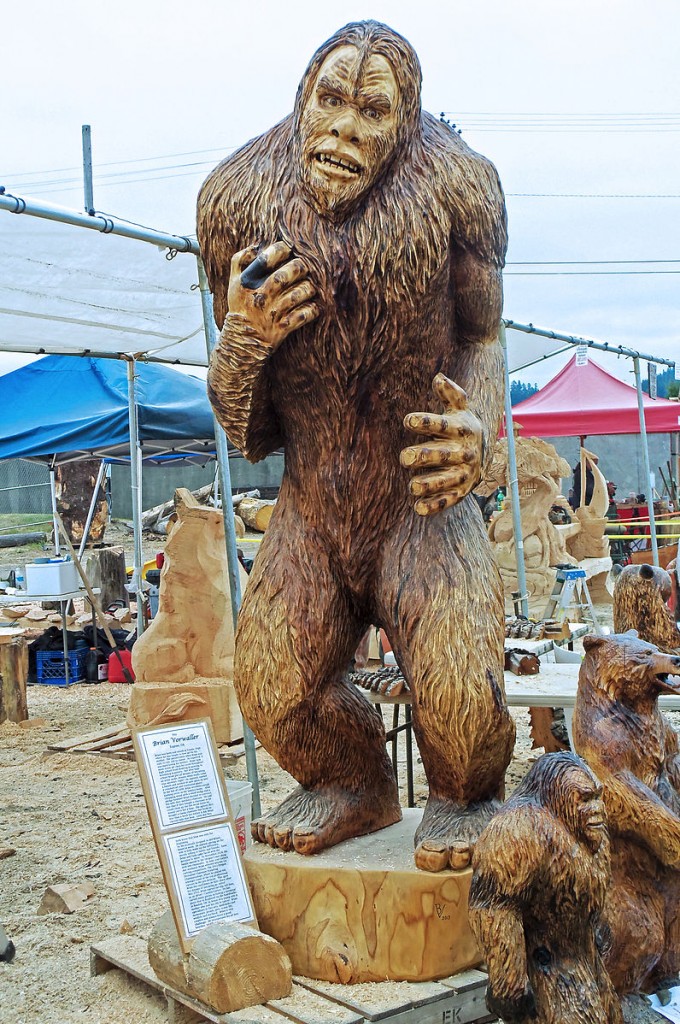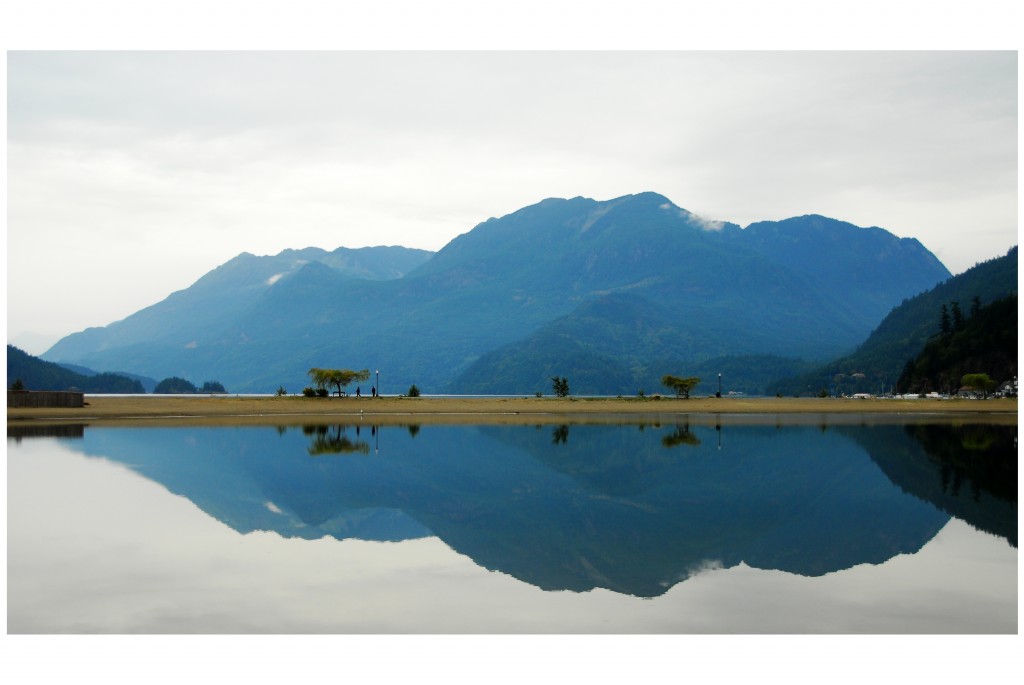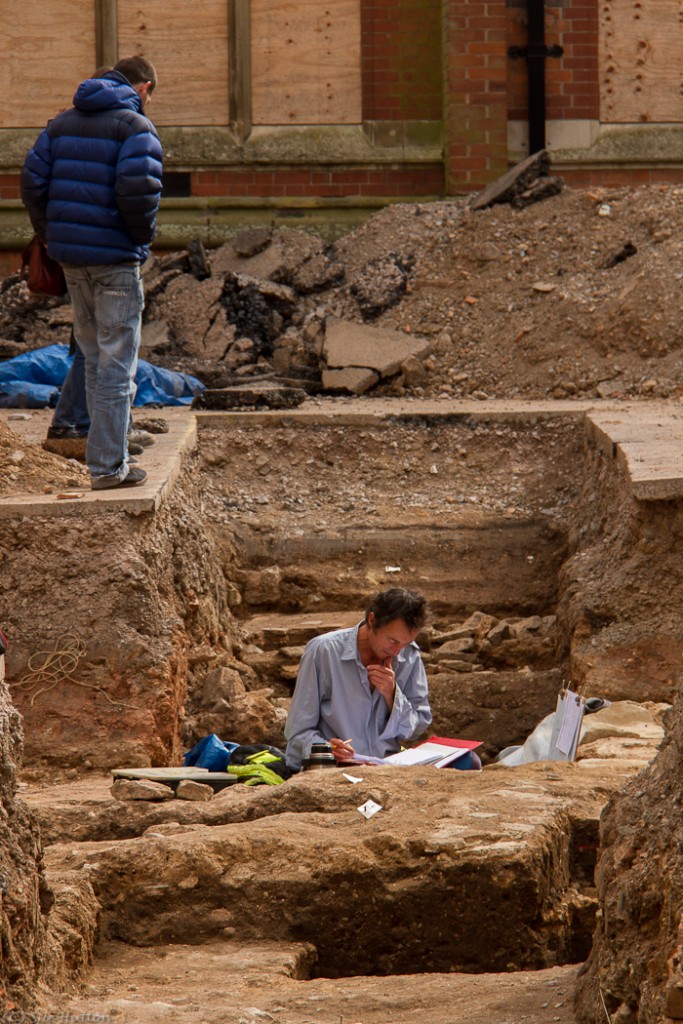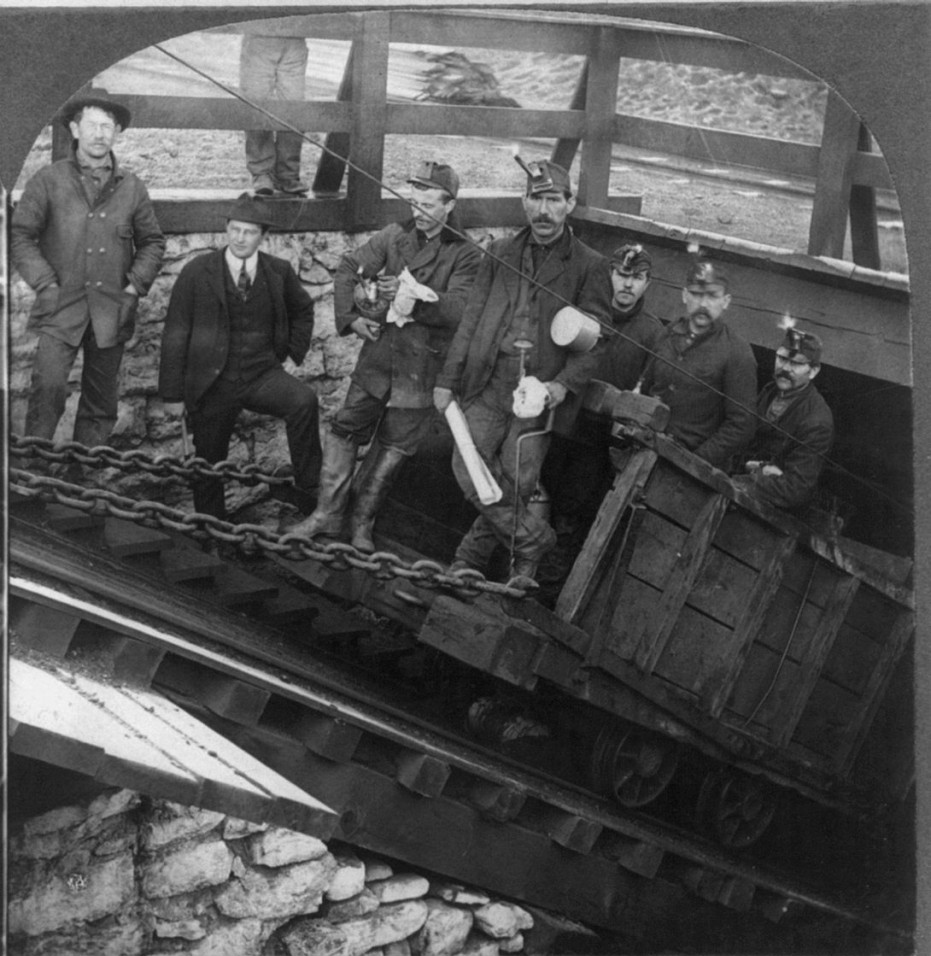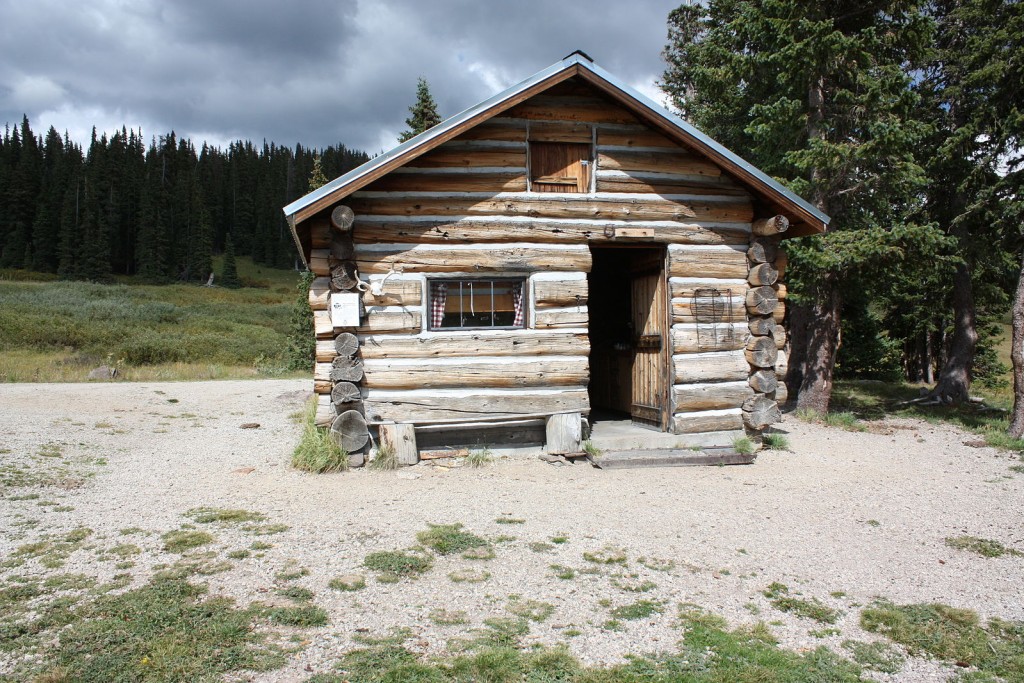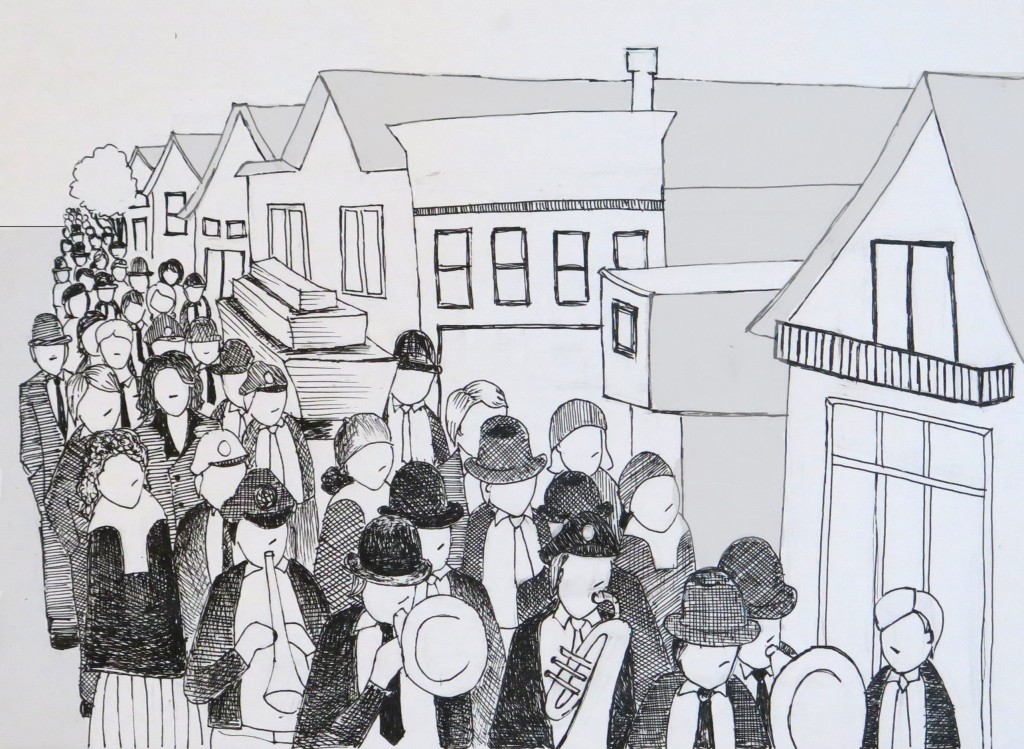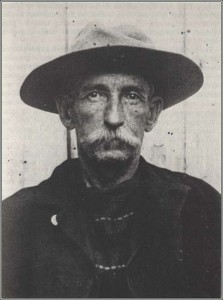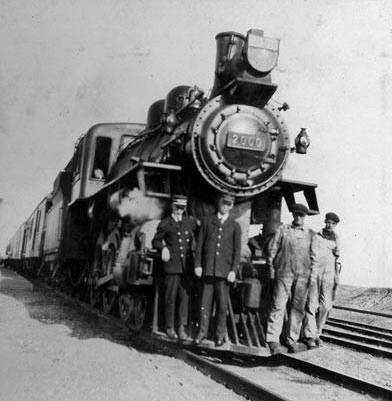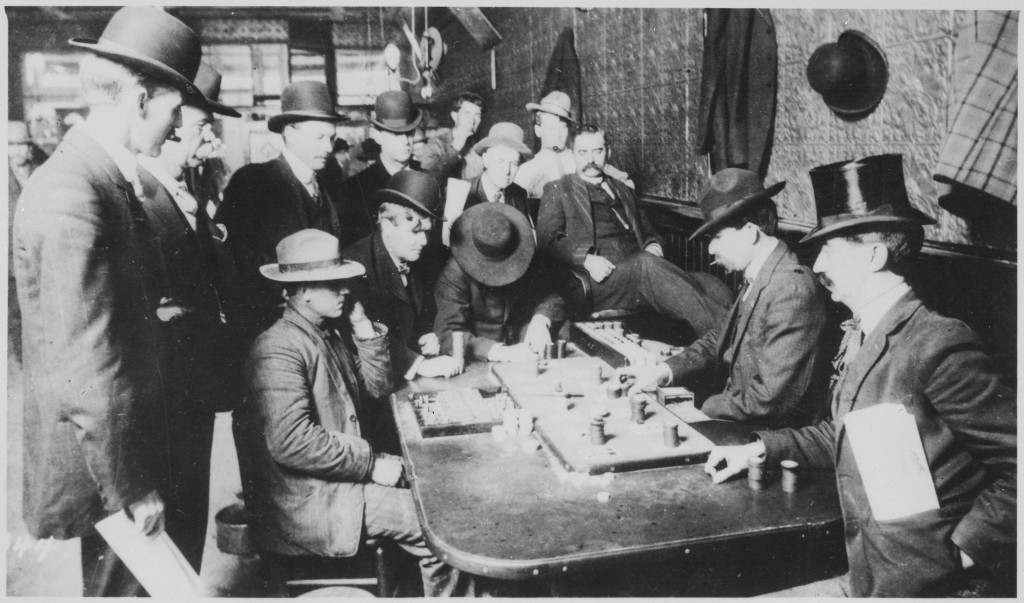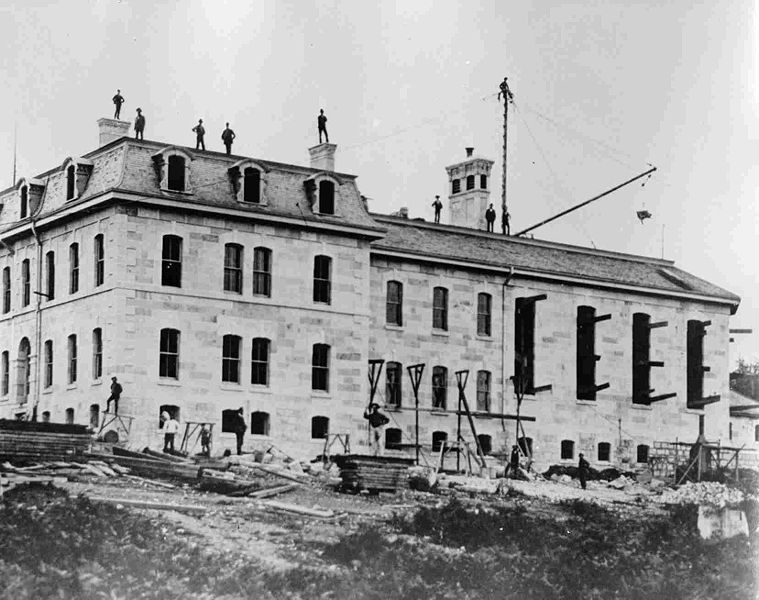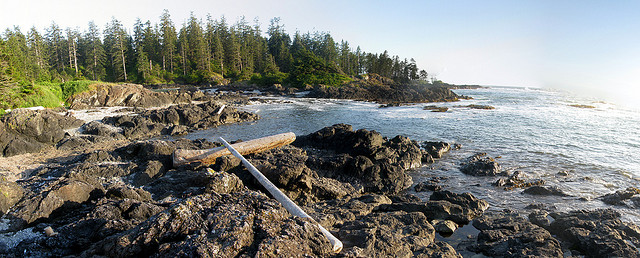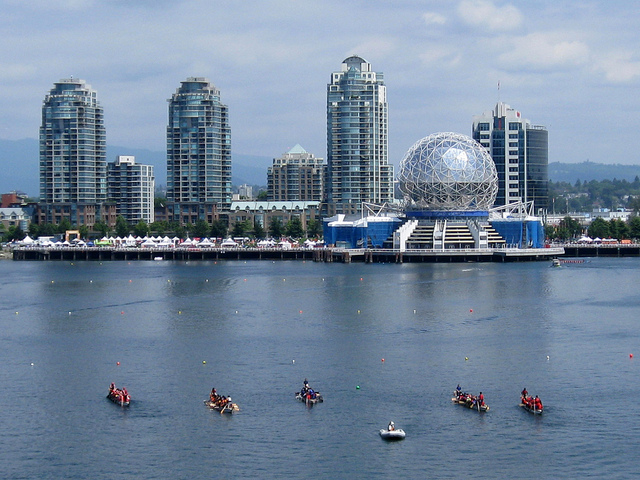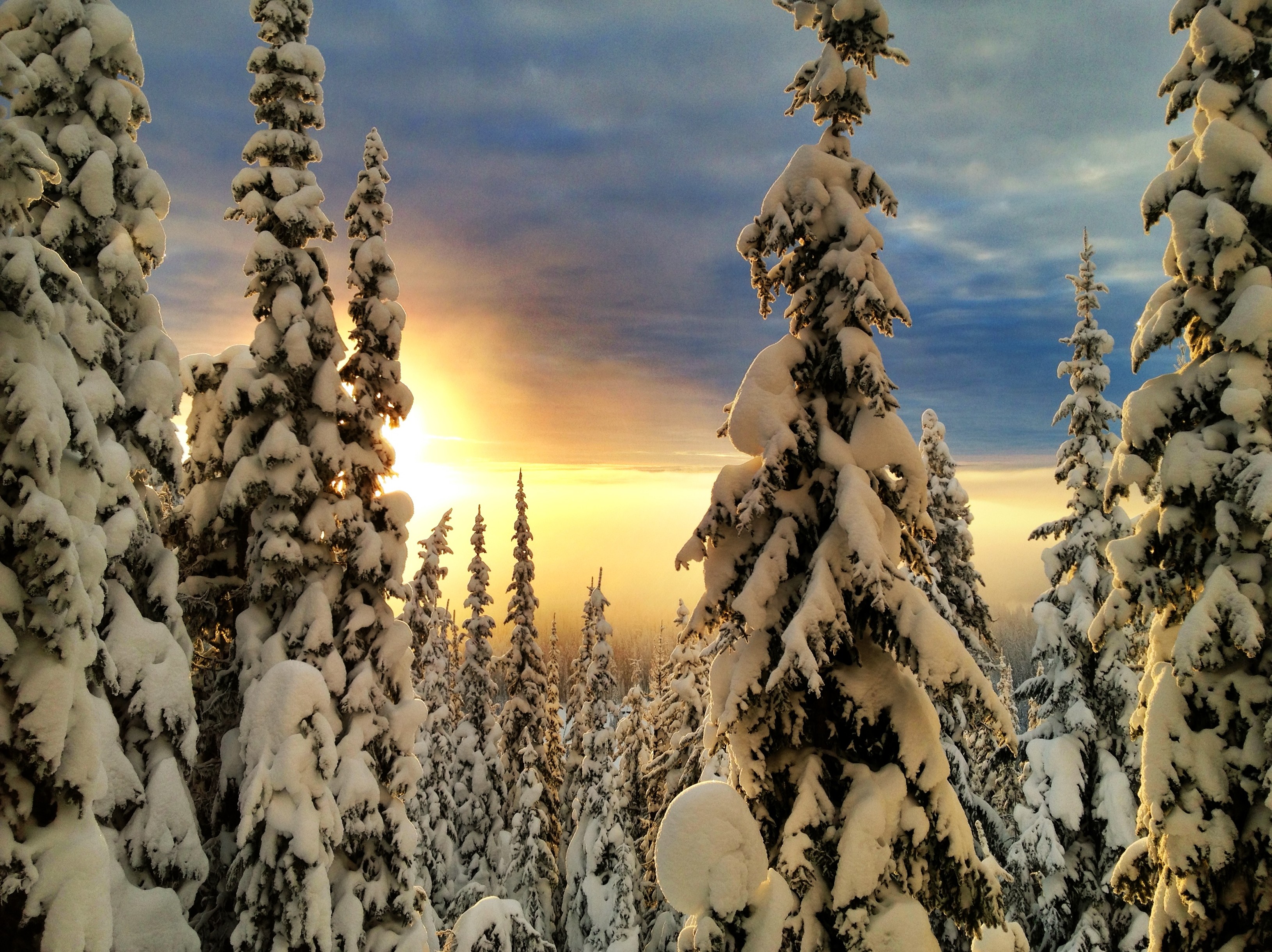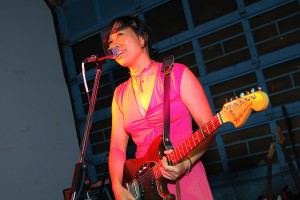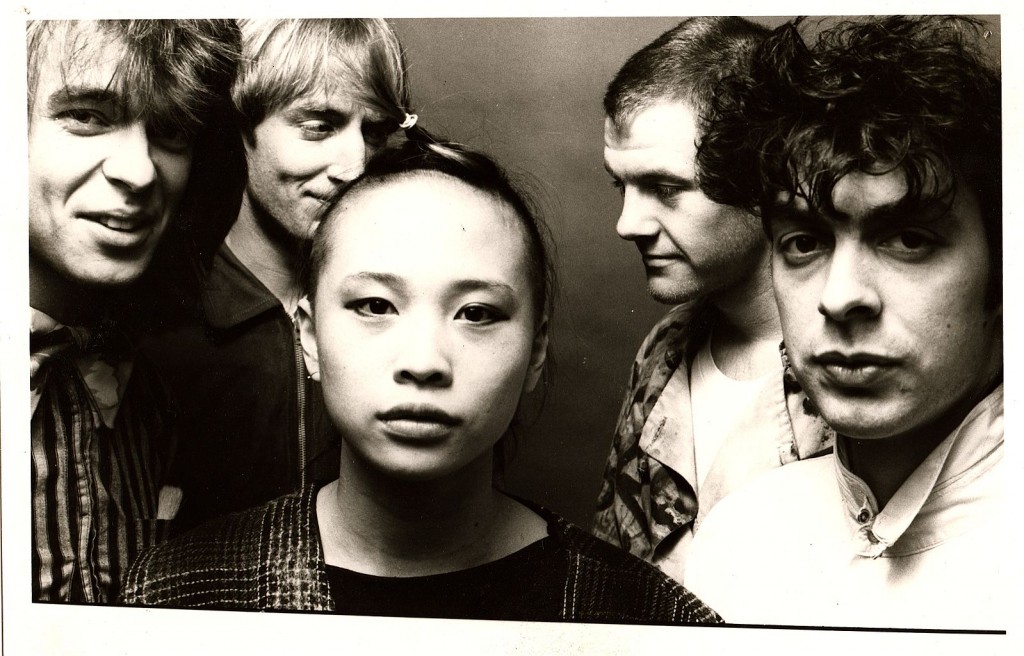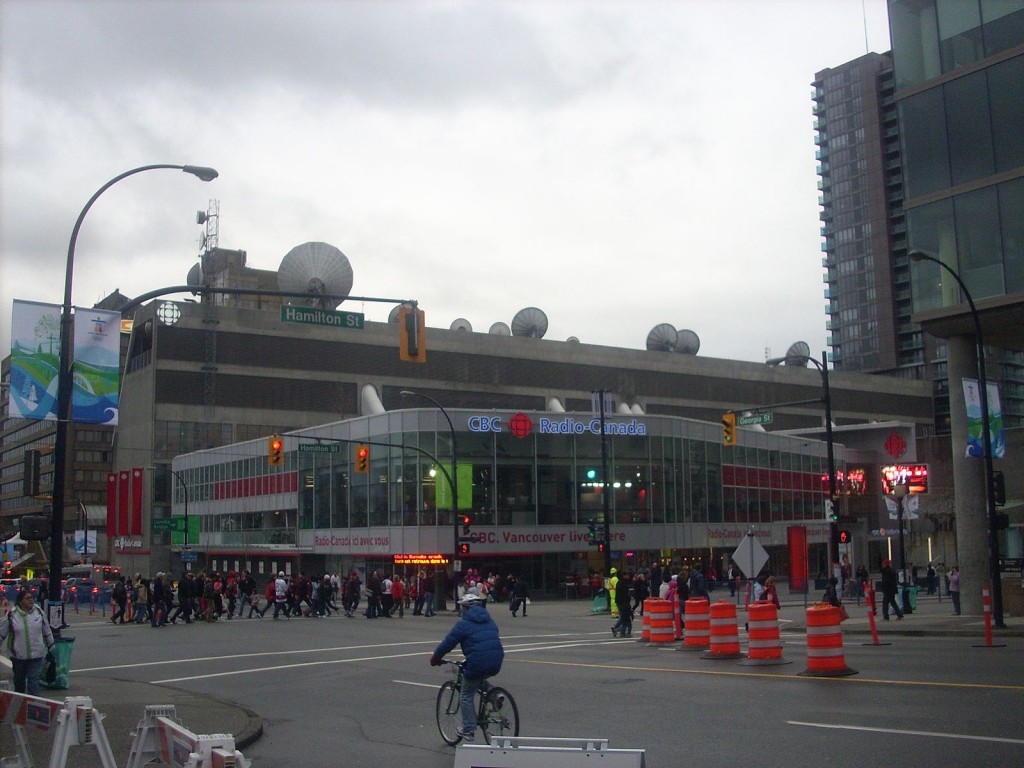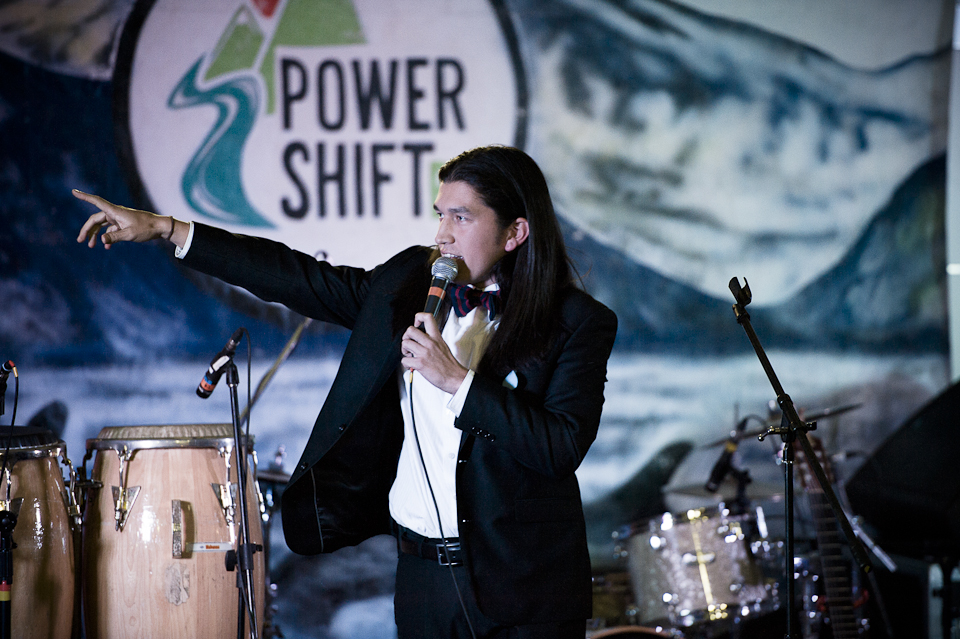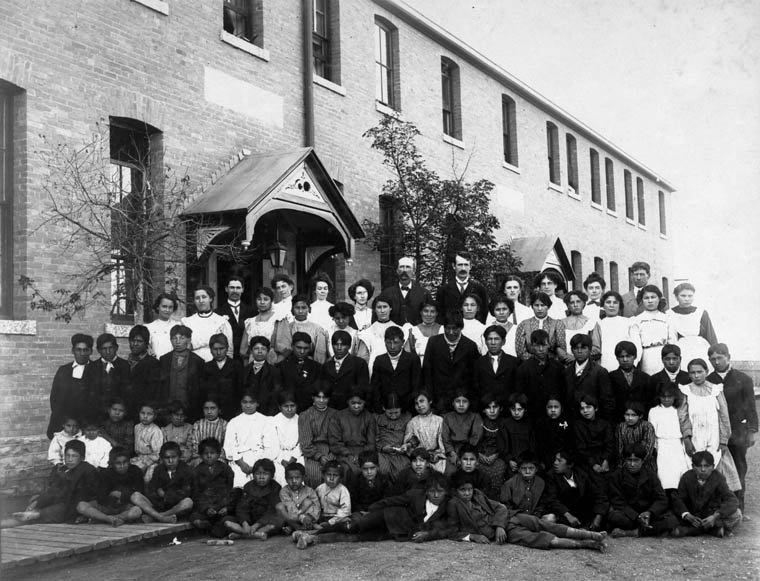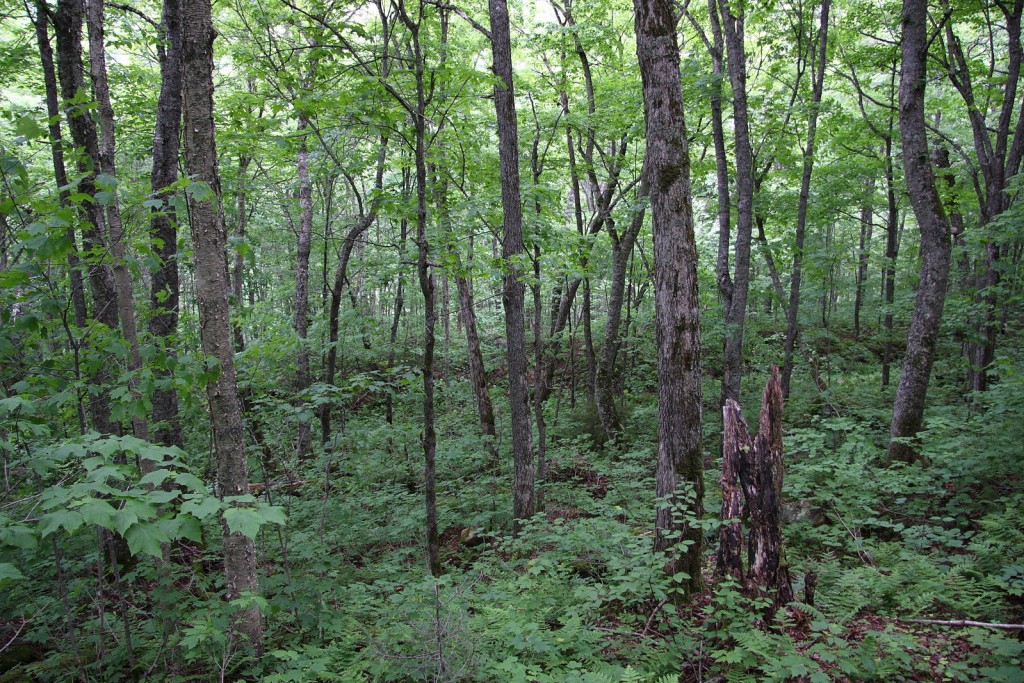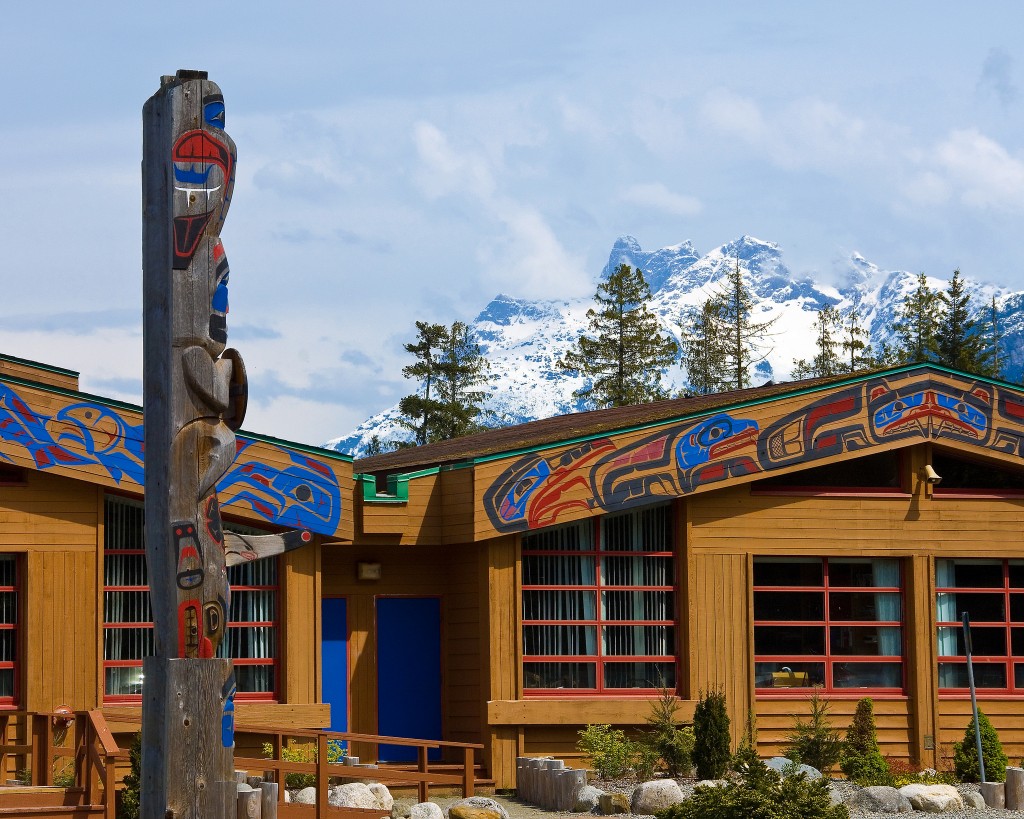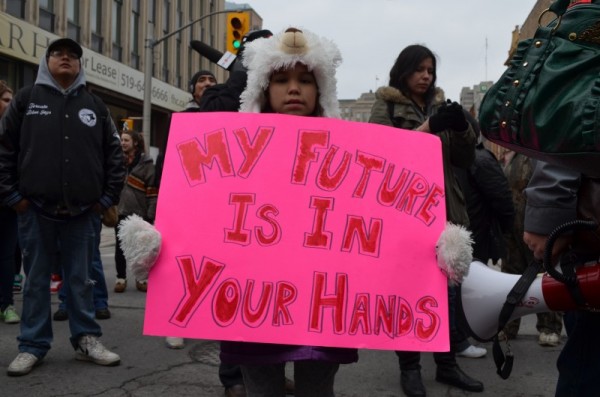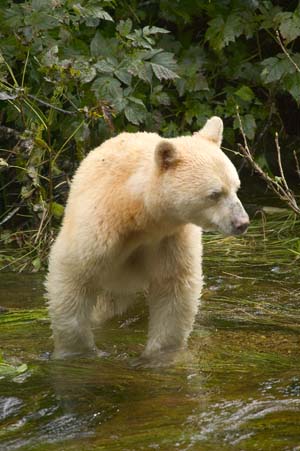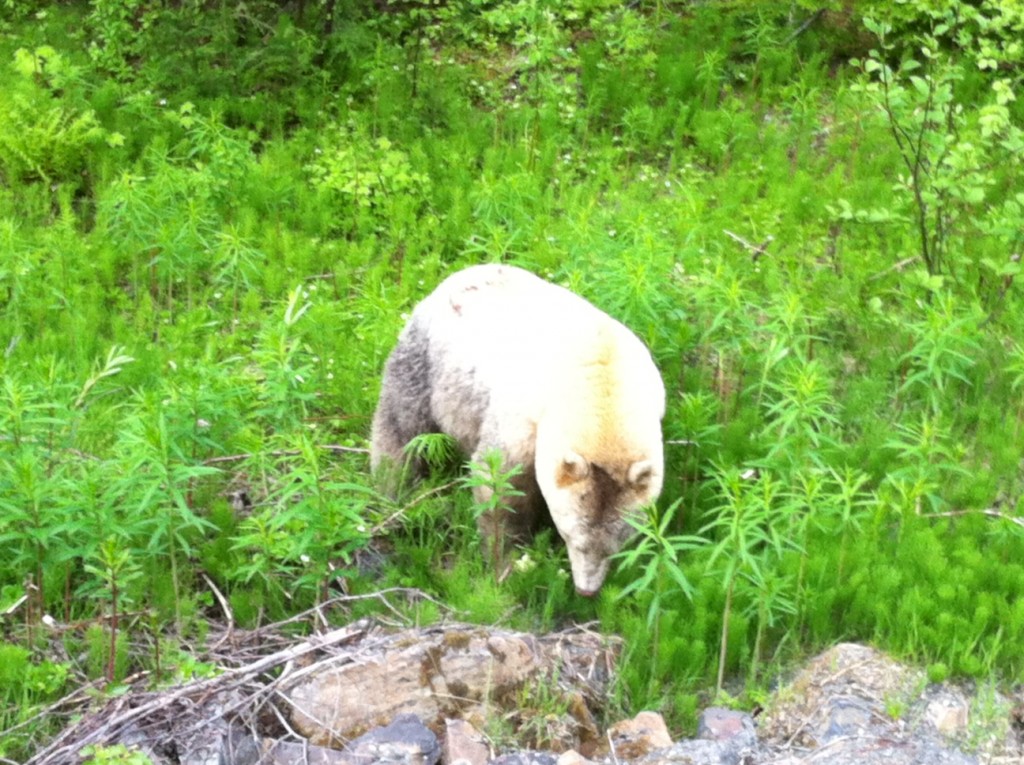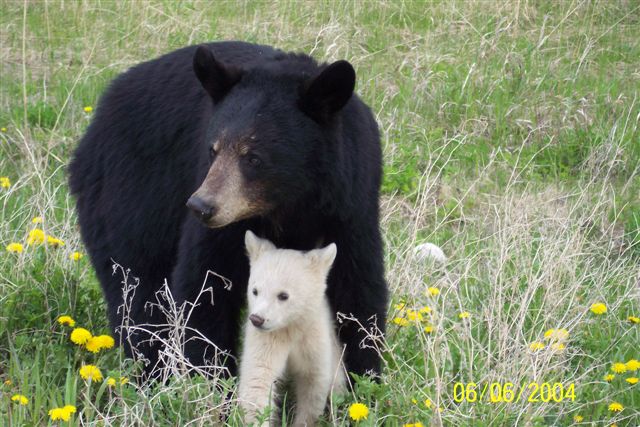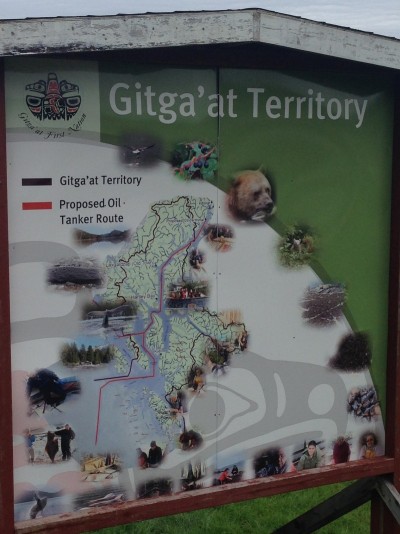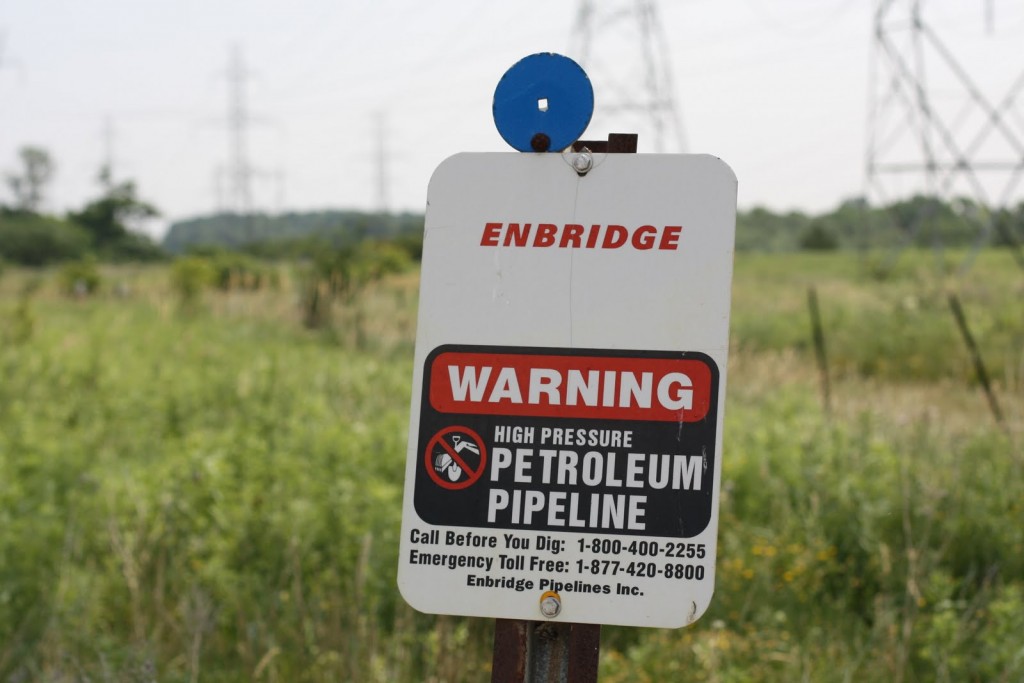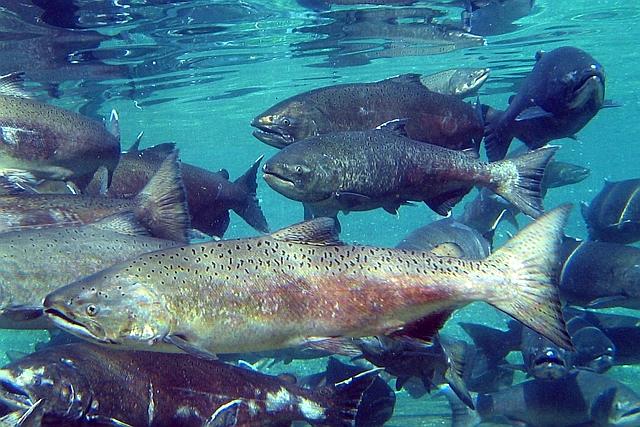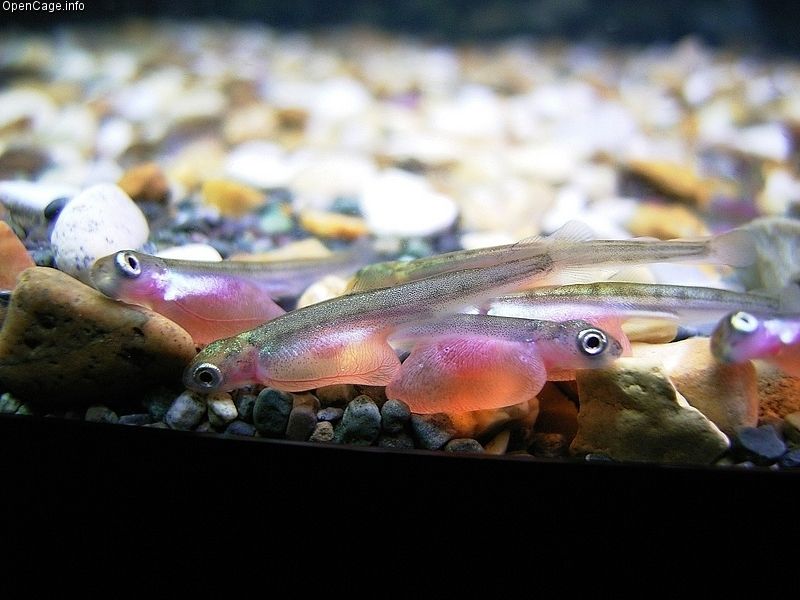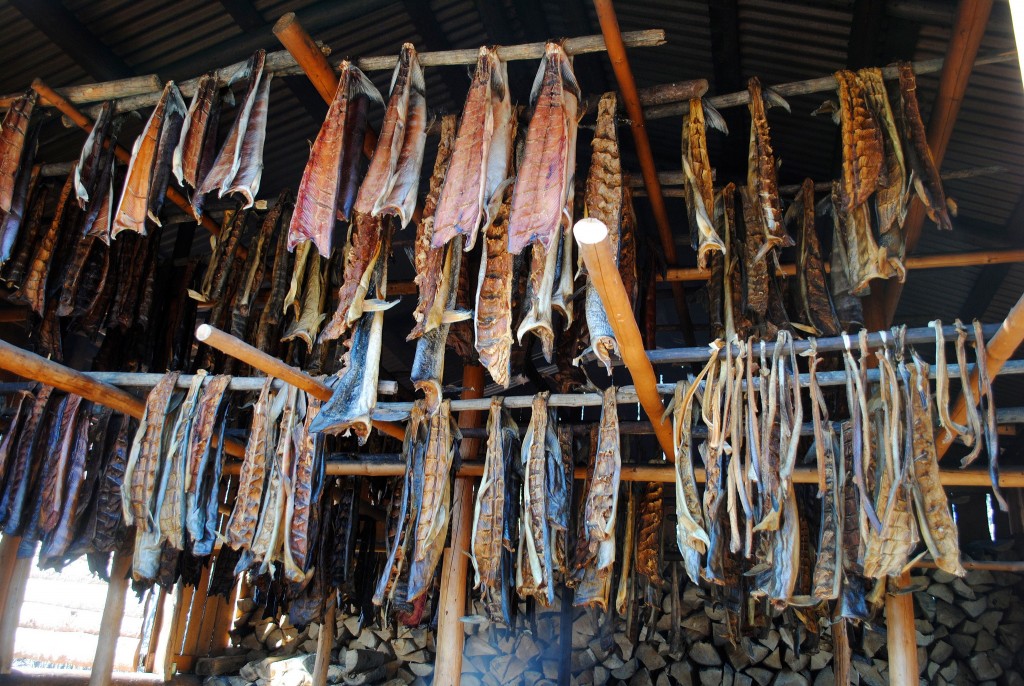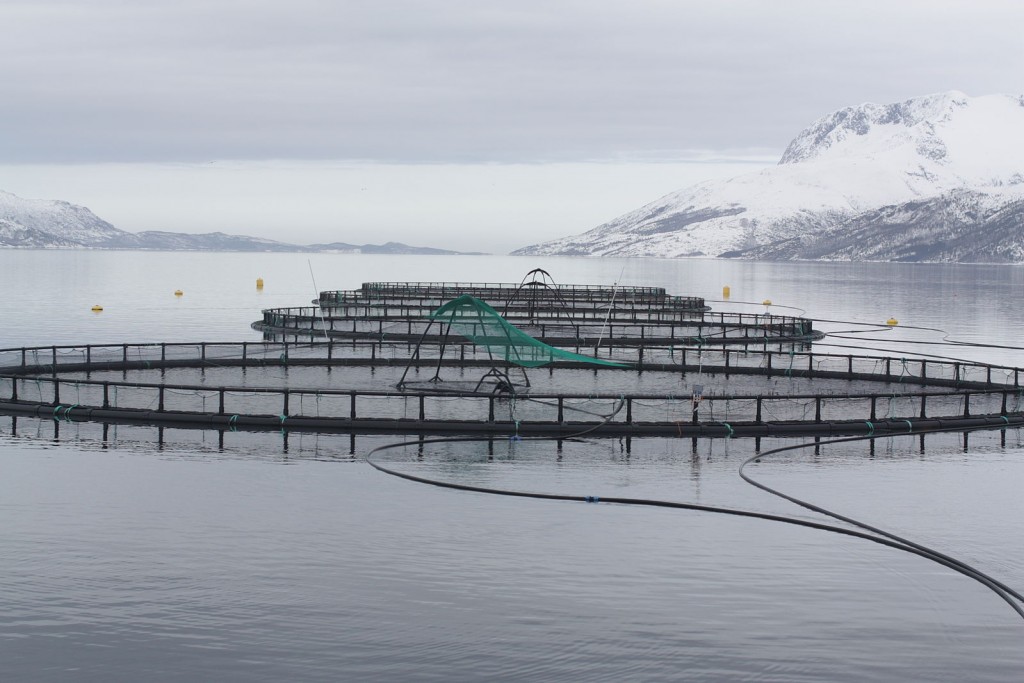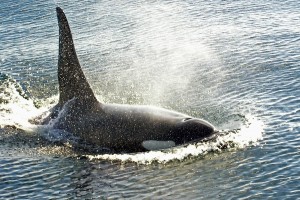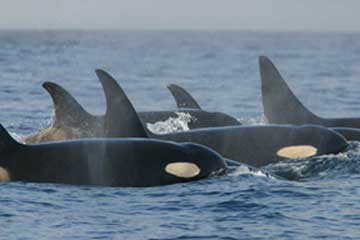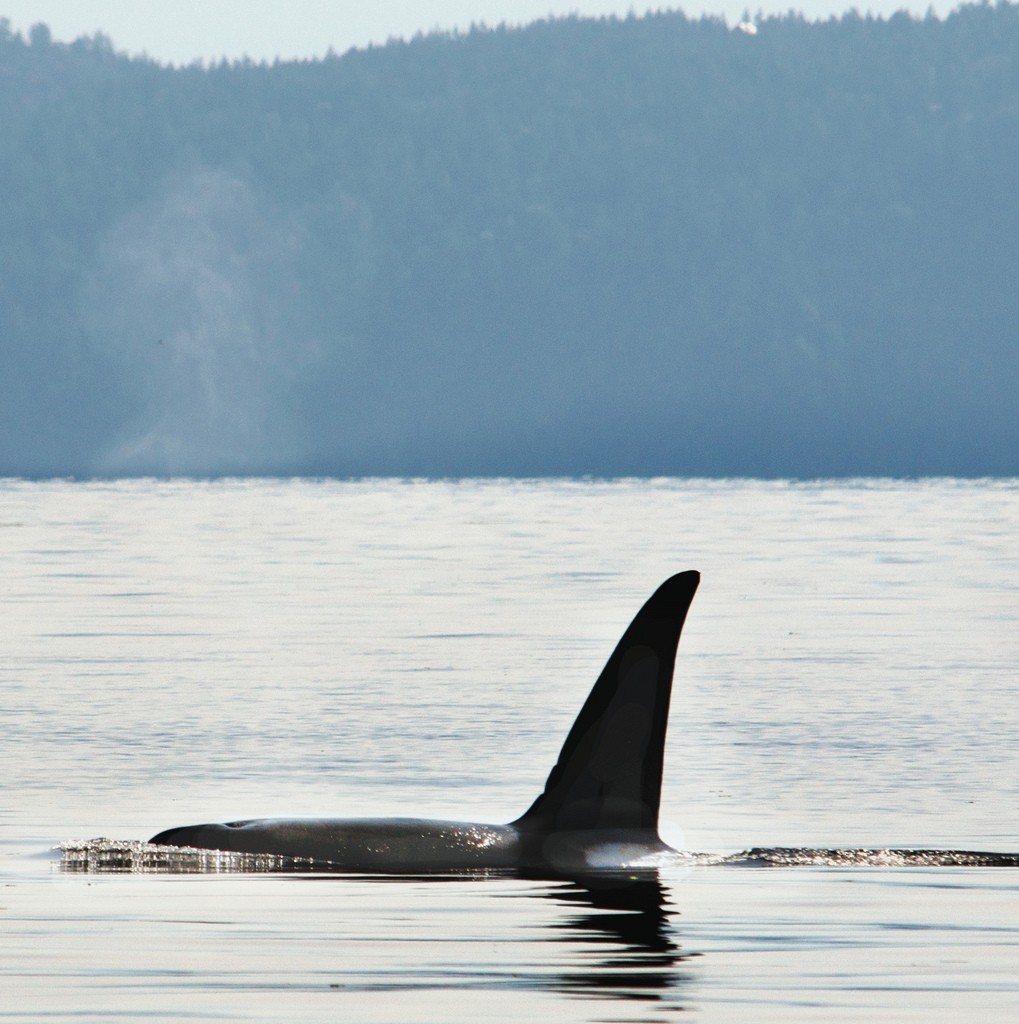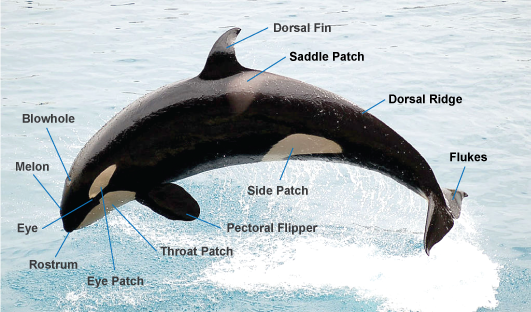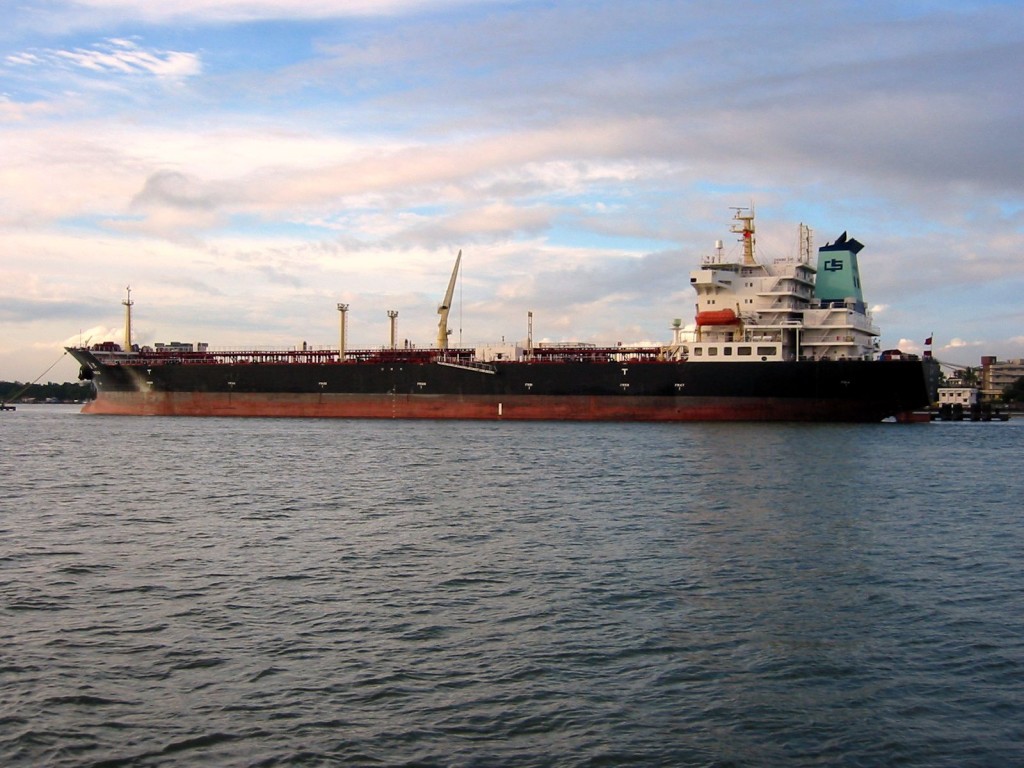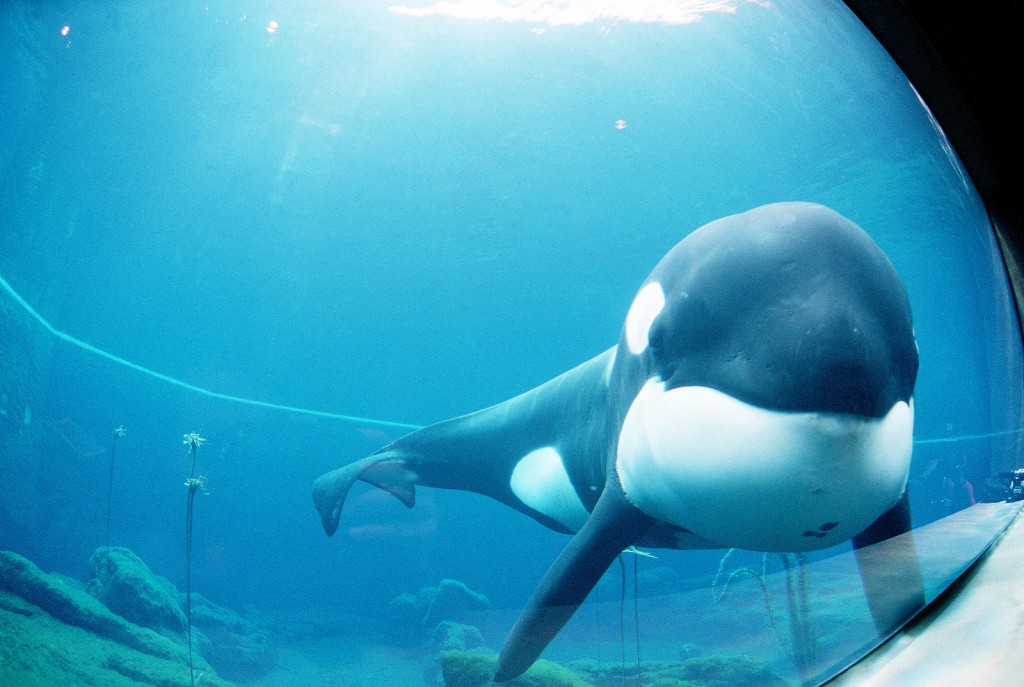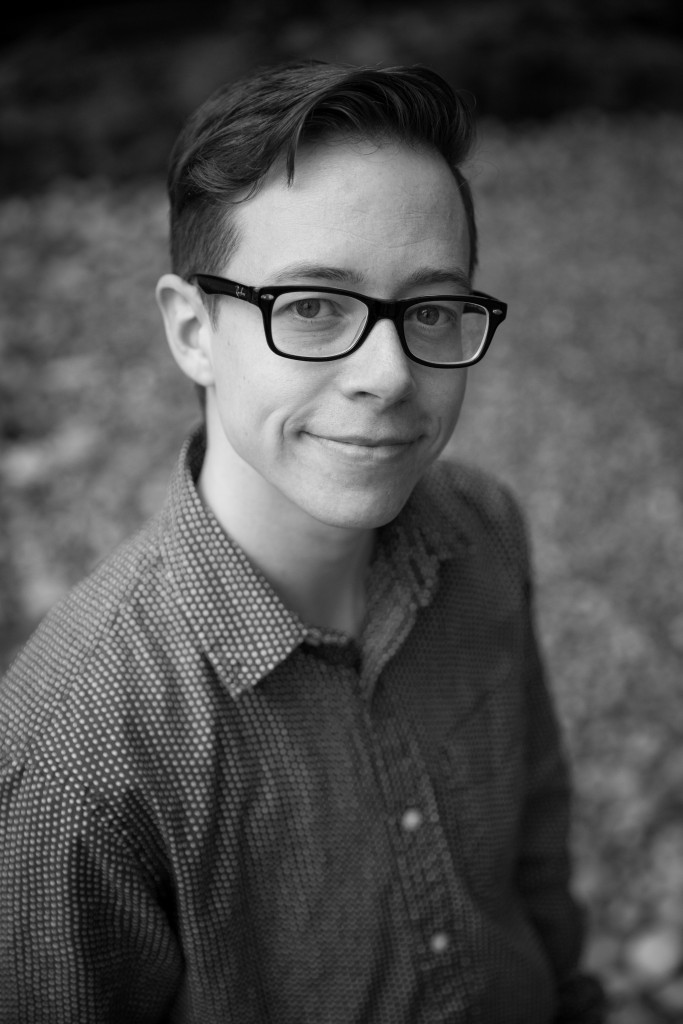Balkissoon, D. (2010, June 11). Soon-Yin Lee: Candid with the Camera, Except For One Thing. Toronto Star. Retrieved from: http://www.thestar.com/news/insight/2010/06/11/sookyin_lee_candid_with_the_camera_except_for_one_thing.html
Bannerman, K. (2012, July 11). The Shooting of Ginger Goodwin. The Province. Retrieved from http://blogs.theprovince.com/2012/07/11/81390/#__federated=1
Barber, Katherine (Ed.). (2004) “Dragon boat.” Canadian Oxford Dictionary (2nd ed). Don Mills, ON: Oxford University Press-Canada
Barcott, B. (2011, August). Spirit bear. National Geographic. Retrieved from http://ngm.nationalgeographic.com/2011/08/kermode-bear/barcott-text
Bellrichard, C. (2015, Jan 25). Young indigenous leaders: 5 under 30. CBC News. Retrieved from http://www.cbc.ca/news/aboriginal/young-indigenous-leaders-5-under-30-to-watch-in-2015-1.2929805
Couper, Jim. (2006). The Long and Winding Road: Discovering the Pleasures and Treasures of Highway 97. Surrey, BC: Heritage House Publishing.
David Suzuki Foundation. Salmon farming: A grave concern, a great hope. Retrieved from http://www.davidsuzuki.org/issues/oceans/science/sustainable-fisheries-and-aquaculture/salmon-farming—a-grave-concern-a-great-hope
“Dragon boat fest a Canadian event.” (26 Jun. 1989). Vancouver Sun, p. B1.
Emmer, R. (2010). Bigfoot: Fact or fiction? New York, NY: Chelsea House.
First Peoples Heritage Language and Cultural Council. (2010). Report on the Status of BC First Nations Languages. Retrieved from http://www.fpcc.ca/files/PDF/2010-report-on-the-status-of-bc-first-nations-languages.pdf
Foran, J. (2008). British Columbia. Calgary, AB: Weigl.
Foster, Eric. (2012, Jan 29). MLA Report: Carnival a must for MLA. Morning Star, p 27.
Francis, Daniel (Ed.). (2000). “Dragon boat races.” Encyclopedia of British Columbia. Madeira Park, BC: Harbour Publishing.
Government of British Columbia. Fact Sheet: Spirit Bears. Retrieved from http://www2.news.gov.bc.ca/news_releases_2005-2009/2006AL0002-000066-Attachment3.htm
Grauer, P. (2006). Interred with their bones: Bill Miner in Canada. Kamloops, BC: Tillicum.
Ingham, Clint. “What’s happening – Winter Carnival edition.” Tourism Vernon. Retrieved from www.tourismvernon.com/documents/whats_happening_Winter_Carnival.pdf
Kavanagh, Jean. (1989, Mar 18). Thar she blows: If it’s spring, it means the whales are back in B.C. Vancouver Sun, p. D16.
Loyal Nanaimo Bathtub Society. Championship Bathtub Race. Retrieved from bathtubbing.com/great-race
Malam, J. (2008). Killer Whales. New York, NY: Franklin Watts.
National Oceanic and Atmospheric Administration. Gray Whale (Eschrichtius robustus). Silver Spring, MD: Office of Protected Resources – NOAA Fisheries. Retrieved from www.nmfs.noaa.gov/pr/species/mammals/cetaceans/graywhale.htm
Niosi, Goody. (2004). Nanaimo: The Harbour City. Surrey, BC: Heritage House Publishing.
Our Living Languages. [n.d.]. Victoria, BC: Royal Museum of British Columbia.
Pacific Northwest Expeditions. (2014). Killer Whales: Oricnus Orca. Retrieved from http://www.seakayakbc.com/natural-history/killer_whales_orca.html.
Pacific Rim Whale Festival. Frequently Asked Questions. Retrieved from www.pacificrimwhalefestival.com/faq
Rio Tinto Alcan Dragon Boat Festival. History | Rio Tinto Alcan Dragon Boat Festival – June 19-21 2015 Retrieved from dragonboatbc.ca/about-us/history http://shop.slcc.ca/node/5
Simon, S. (2002). Killer Whales. New York, NY: SeaStar Books.
Simon Fraser University. (2014, Jan 2). Decolonizing Language Revitalization. Video file retrieved from https://www.youtube.com/watch?v=EcekBQceyN8
Sook-Yin Lee. (n.d.). In Wikipedia. Retrieved from: http://en.wikipedia.org/wiki/Sook-Yin_Lee http://www.cbc.ca/dnto/about.html
Van Tighem, K. (1992). Wild Animals of Western Canada. Banff, AB: Altitude.
Vernon Winter Carnival. Event Categories. Retrieved from www.vernonwintercarnival.com/events-214/event-categories
Woog, A. (2002). Killer Whales. Mason, OH: KidHaven Press.
Zuehlke, M. (1996). Fun B.C. Facts for Kids. Vancouver, BC: Whitecap.

